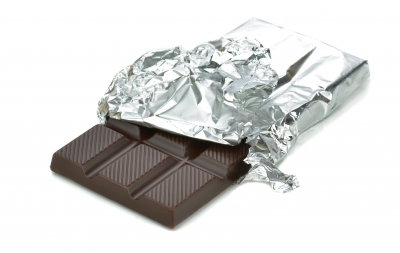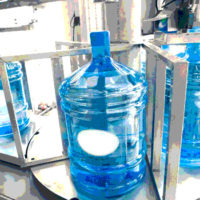When it comes to food packaging, design is about more than aesthetics—it’s about safely and consistently delivering a high-quality product. Mistakes in the food packaging design process can have serious ramifications including customer dissatisfaction, food safety issues and product recalls. So how can your business avoid making packaging design mistakes? By avoiding the top three packaging design pitfalls, you’ll able to sidestep some of the most common packaging issues facing food manufacturers.
Overlooking Shipping Realities
Eye-catching, attractive packaging is important to help your product stand out amongst all of the competition on retail shelves. But while designing product packaging, be sure to consider what your product will be subjected to between your plant and the retail location.
For example, a package that is even slightly too big for a food item may receive dinged edges during the shipping process rendering it unsellable, or it may subject the food product to unnecessary movement during the transportation process, degrading the overall quality of the product.
Consider the rigors and realities of the shipping process when designing your product packaging. Planning ahead during the packaging design process will help ensure your product makes it to market in just the way you intended.
Ignoring Adhesives
As you’re working through the design process and selecting design materials, don’t forget to do your homework when it comes to using the best adhesive to seal your package. You want an adhesive that forms a tight enough bond to stand up to the packaging, shipping and distribution process, but not one that is so strong it frustrates the consumer or slows down the stock clerk.
The perfect adhesive for your situation will depend on a number of factors––your product, the packaging materials and substrates you’re employing and the average product temperature range, including temperatures encountered during the shipping process.
Adhesives are far from a one-size-fits-all solution. For example, many food product manufacturers like to use water-based adhesives, because they’re extremely strong and much better than hot melt adhesives at holding up even during extreme variances in temperature. But if the substrates used in your packaging applications contain a good amount of recycled material, a water-based adhesive may have trouble forming a sufficient bond. The best approach is to test a number of different packaging substrates and adhesives prior to making a final design decision.
Product/Packaging Chemistry Issues
Just as tomatoes or other acidic foods can react with aluminum pans, causing your tomatoes to taste metallic and potentially pitting your cookware, so too can foods and product packaging. As you’re selecting the most appropriate packaging for your food product, one of the first things you want to do is to analyze the content of your food product and the chemical makeup of the proposed packaging. Doing so will not only ensure that your food product will be safe to consume, but it will also ensure that the product looks and tastes like it should.
Before settling on a specific type of packaging, be certain that its chemical makeup will not negatively interact with your food product. To be on the safe side, consult with a food chemistry laboratory to ensure no unwanted chemical reactions will occur.
Like cooking, food packaging design is part art, part science. By being aware of some of the most common pitfalls in the food packaging process, you’ll be able to address any potential issues in the packaging design process before a problem occurs.
Pierce Covert is the president of Glue Machinery Corporation––a firm that builds, sells and services industrial hot melt and cold glue systems used worldwide by a wide range of manufacturers including the food packaging industry.
Top 3 Pitfalls In The Food Packaging Design Process




